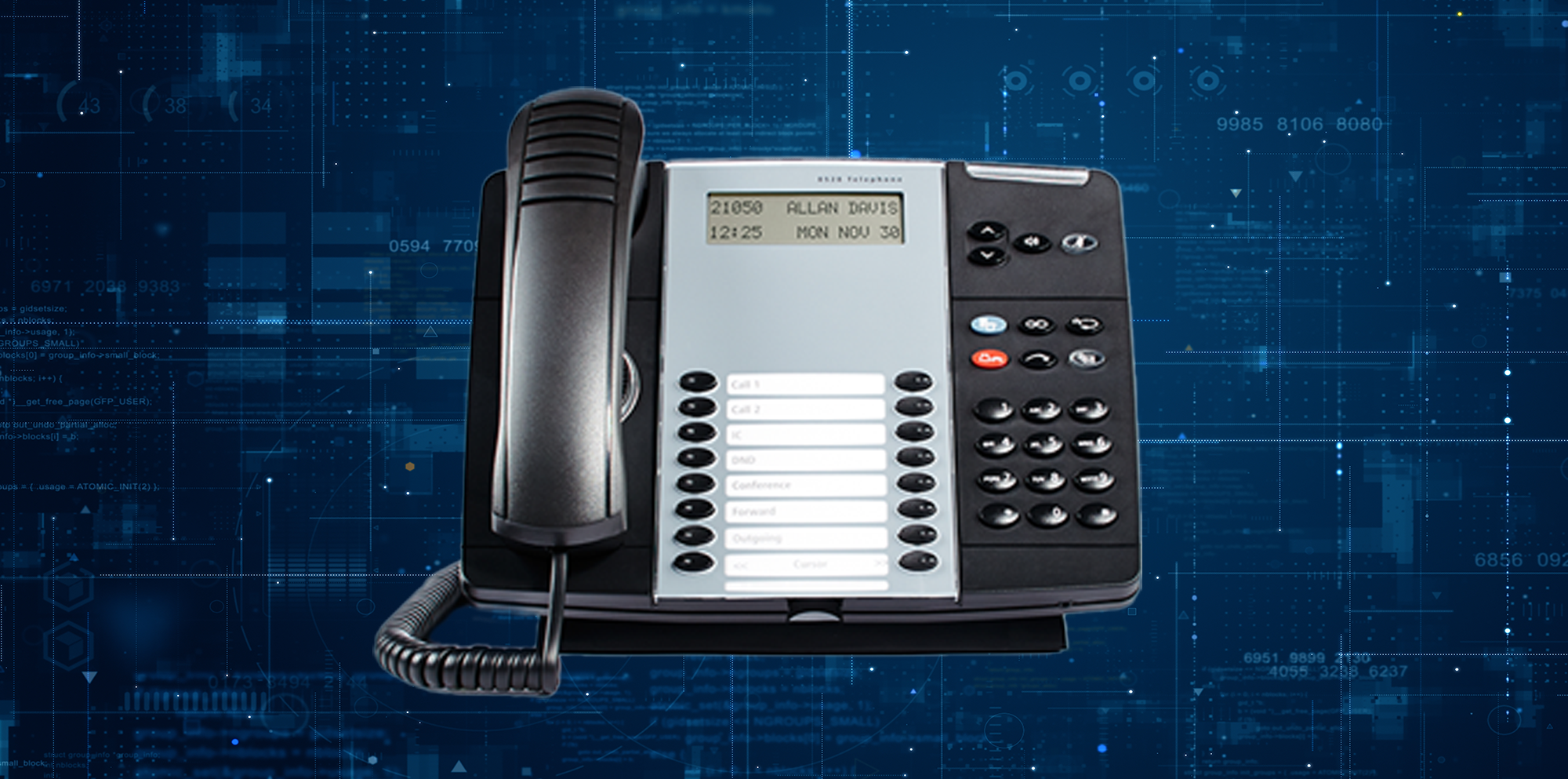Mitel MiVoice Office 250 End of Life: What It Means for You
If your business is still using Mitel MiVoice Office 250, it’s time to take action. Mitel is officially phasing it out, and key deadlines have...
4 min read
.png) Michelle Tilton
:
Aug 20, 2025 3:41:39 PM
Michelle Tilton
:
Aug 20, 2025 3:41:39 PM

Still on Mitel MiVoice Connect (formerly ShoreTel)? Changes are coming. Mitel has announced an end-of-life plan for MiVoice Connect, which means you will eventually need to move. This guide explains what that timeline means, your two main paths forward, how they compare, why timing matters, and how to plan a low-stress transition.
Here’s everything you need to know.
You can keep Connect running for a while, but support will decline and risks will rise once updates stop. Planning now keeps you in control.

Yes, you can stay on Connect for now if it fits your near-term needs. If you choose this path, set guardrails:
This is a short-term strategy. Use the time to evaluate MiVoice Business and UCaaS and line up your next step.

Option 1: Upgrade to Mitel MiVoice Business
A modern on-premises or partner-hosted IP-PBX with unified communications, mobility, and contact center options.
Why teams choose it
What to plan for
Option 2: Move to a UCaaS platform
A cloud communications suite that includes calling, meetings, chat, mobile apps, and frequent feature releases.
Why teams choose it
What to plan for

Cost model
Scalability
Deployment speed
Maintenance
Admin skills
Future readiness
Bottom line: Most organizations will compare MiVoice Business against a leading UCaaS platform. Your decision will come down to functionality requirements, control requirements, compliance needs, budget preferences, and how cloud-forward your technology strategy is.
Short answer: now.
Here is why getting a head start helps.

Download the step-by-step version in our Migration Planning Guide.
No matter which path you choose, expect meaningful, practical improvements.
Remember to consider both hard costs and soft savings. Reduced admin time, improved resilience, and higher user productivity add up.
MiVoice Connect has served many organizations well, and you can stay on it for now with clear guardrails. The chapter is closing, so use this time to evaluate your next step. Whether you prefer the control of MiVoice Business or the agility of UCaaS, the key is to start now so you can move on your terms.
Maverick Networks is supplier-agnostic. Our advisors evaluate your needs, compare suppliers, and map a transition plan that fits your goals. If you want a quick readiness check or a deeper options review, we can help.

If your business is still using Mitel MiVoice Office 250, it’s time to take action. Mitel is officially phasing it out, and key deadlines have...

If your organization relies on Cisco for your phone system, you're probably familiar with Cisco’s move to Flex licensing. At first glance, the...

Microsoft Teams has rapidly become the backbone of collaboration for countless organizations. With over 320 million monthly active users, it's easy...